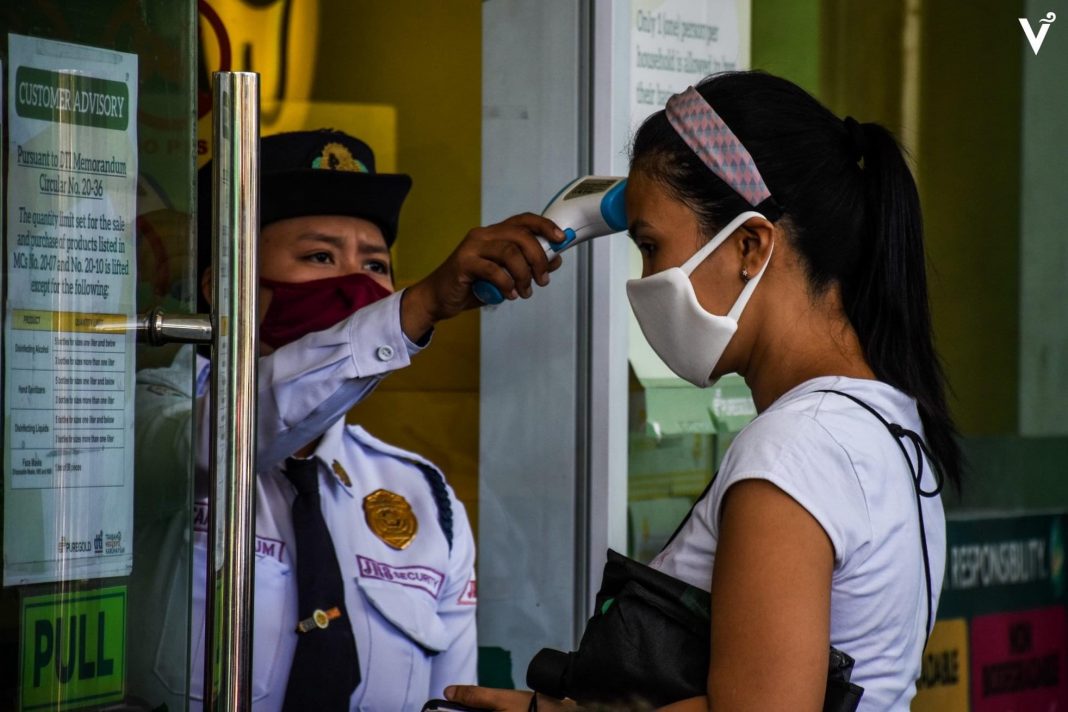Authorities should keep Metro Manila under general community quarantine (GCQ) while enforcing better public health reporting policies to curb the spike in Covid-19 cases, according to UST researchers.
Fr. Nicanor Austriaco, O.P. and Assoc. Prof. Bernhard Egwolf reported that the rise in the positivity rate, or the proportion of Covid-19 tests that turned out positive, as well as the rate of hospitalization, indicated that the National Capital Region (NCR) was undergoing a “real surge” in the pandemic.
The positivity rate for the NCR has increased to 12 percent, the researchers noted. The World Health Organization (WHO) recommends reducing the rate to below five percent to control the pandemic.
Positivity rates should be stable below 10 percent and ideally below five percent, while hospital occupancy rates should be below 50 percent, the researchers said.
They also noted a “dramatic rise” in the number of positive cases in the category “Unknown City” in Metro Manila, as labelled by the Department of Health (DOH).
“These are positive cases that are not assigned to a particular city, but are known to be in the NCR,” they said.
Some local government units (LGUs) may be withholding geographical information regarding Covid-19 positive cases to avoid enhanced community lockdowns in their barangays, they said.
“[W]ithout proper geographical identification of positive cases, it will be difficult for public health authorities to properly understand the extent of the surge and to control the pandemic through contact tracing, tracking, and isolation,” they said.
2-week lockdowns needed
LGUs should continue local and targeted lockdowns under the supervision of the national government to ensure that the lockdowns were enforced properly and maintained for at least two weeks, which is the incubation period of the virus, they said.
“It is troubling to read news reports that reveal that some of the targeted lockdowns have only been kept in place for several days. This is not enough time to allow asymptomatic carriers to become non-infectious,” the researchers said.
Austriaco and Egwolf said that if these localized lockdowns were unable to curb the virus spread in the NCR, the government should be ready to return cities to the stricter modified enhanced or enhanced community quarantine.
‘LSIs and OFWs’
The government should also restrict the movement of all locally stranded individuals (LSIs) and returning overseas Filipino workers (OFWs) until the surge in the NCR has been brought under control, the researchers said.
“This should be done to protect the fragile health care system in the provinces that will not be able to handle a surge in their locations,” they said.
They also recommended that provincial LGUs implement mandatory 14-day quarantines for all returning LSIs and OFWs regardless of their testing results in the NCR.
“It has become a concern that rapid testing in the NCR has not been able to detect all the asymptomatic carriers of Covid-19 who have then transported the disease back to their home provinces,” they said.
As of July 14, the Philippines has recorded 58,850 cases of Covid-19, of which 36,260 were active cases. The number of fatalities stood at 1,614. Miguel Louis M. Galang and Jade Veronique V. Yap













